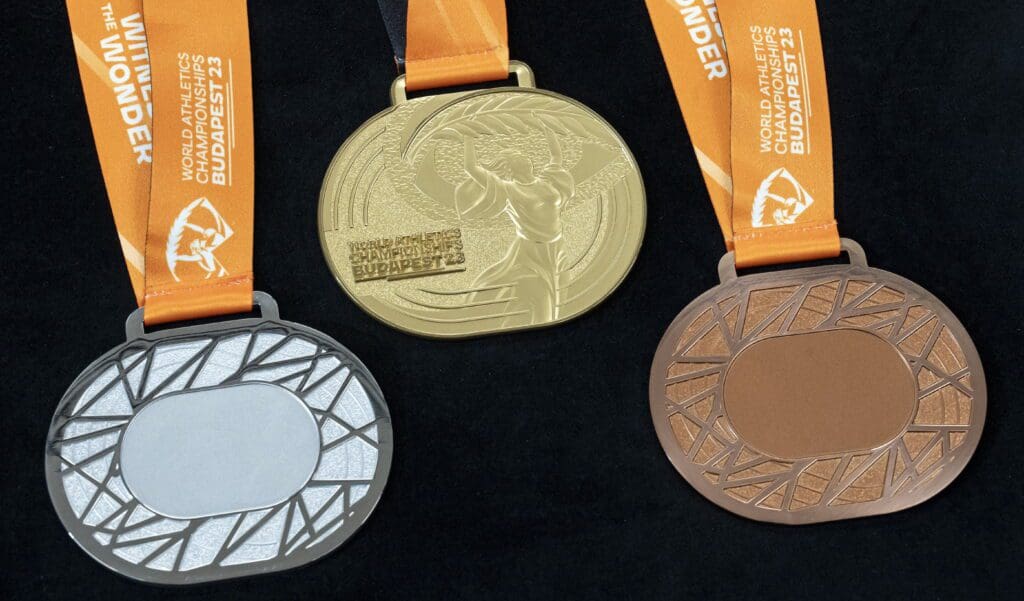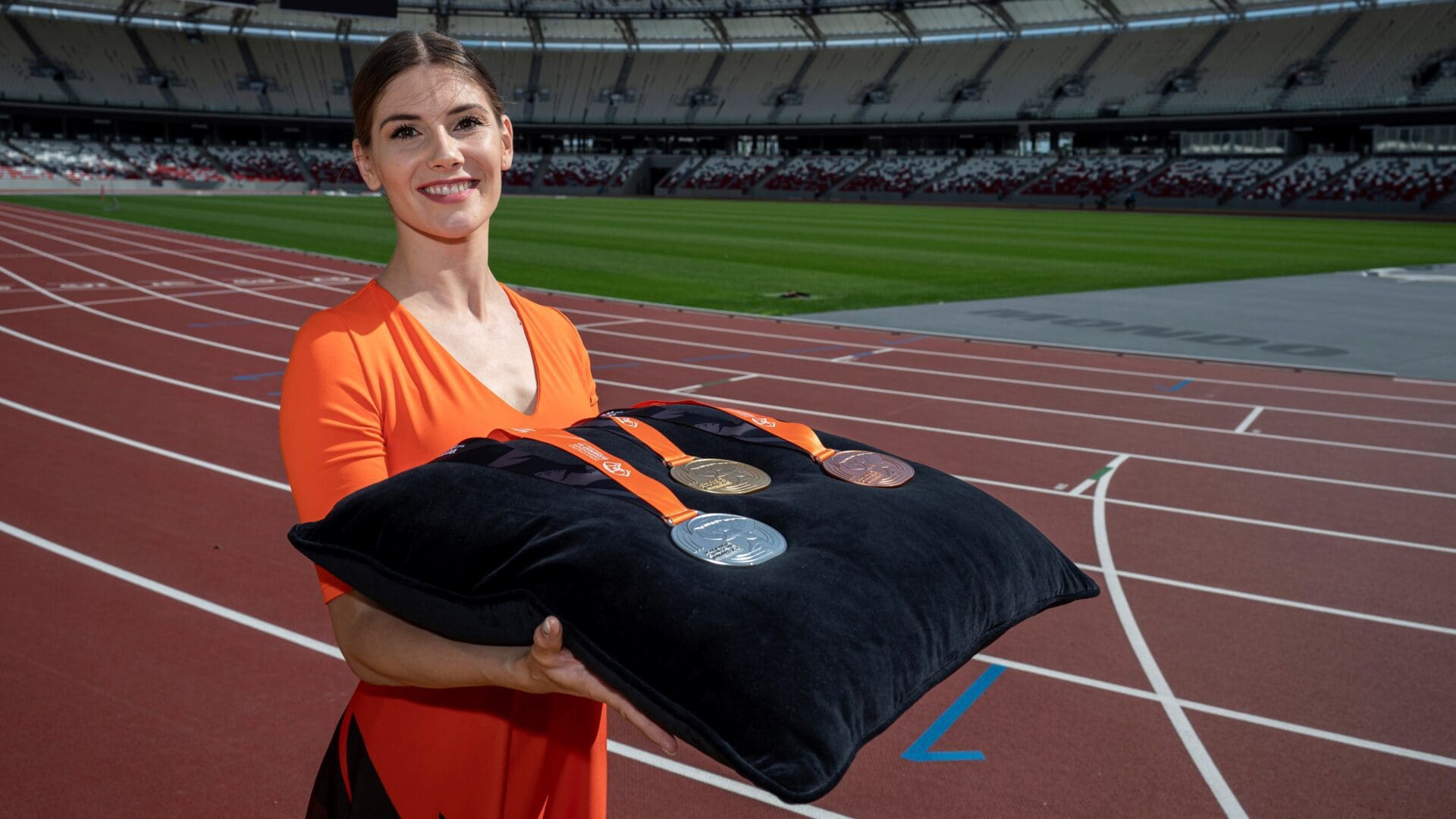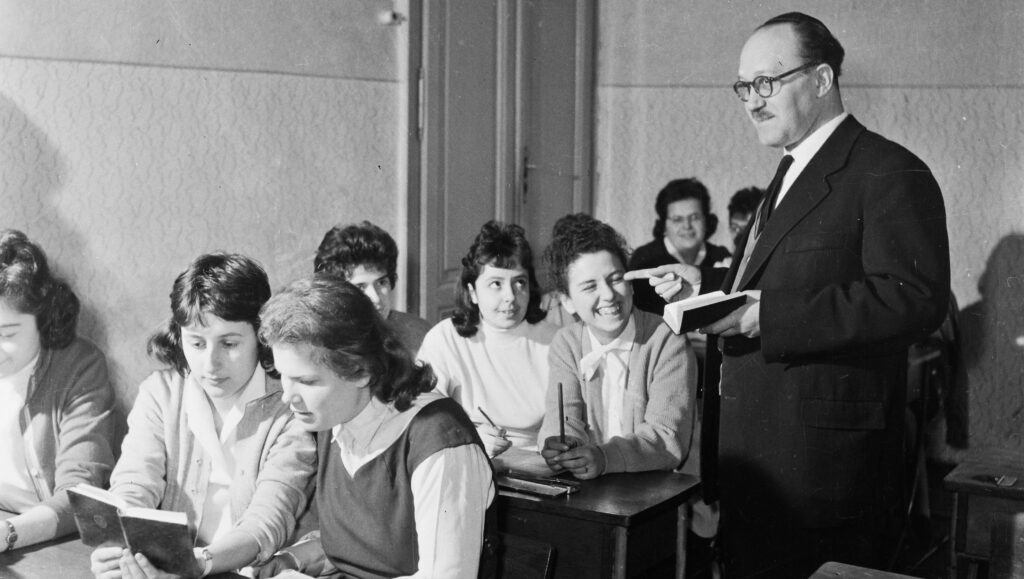The medals designed for the Budapest Athletics World Championships were unveiled on Tuesday, 8 August. The medals feature the Liberty Statue on the front and an overhead view of the supporting pillars of the roof structure of the National Athletics Centre on the back, symbolising the 400-metre running track with their elliptical shape.
At the press briefing on Tuesday, State Secretary for Sports Ádám Schmidt emphasised that the creators worked hard to craft as beautiful medals as possible for the superstars of the championships. He added that the central figure on one side of the medals is the emblem of the championship, Budapest’s renowned landmark, the Liberty Statue on Gellért Hill. The female figure is holding a palm frond aloft, symbolising determination, glory, and victory. In the foreground of the back of the medals is the brand-new National Athletics Centre, reminiscent of a crown for the queen of sports, with the stadium track where the athletes will compete for victory visible in the background. The state secretary, who is also the government commissioner for the championship, pointed out that the Budapest World Championships will be unique because in addition to being able to admire the world’s best athletes and support the Hungarian competitors, spectators will have further entertainment options: concerts and various entertaining programmes will complete the experience.

Balázs Németh, CEO of Budapest 2023 Nonprofit Ltd, emphasised that the company avoided simple solutions and aimed to enrich the experiences of those interested in the championship. He mentioned that the medal ceremony will be moved from the usual location outside the stadium to the Medal Plaza, which is essentially a concert stage. This change will allow fans to celebrate their favourites up close and promises a true festival atmosphere for the award ceremonies.
The CEO highlighted that similarly to the 2017 London World Championships, not only athletes but also their coaches will receive medals this time. However, for the first time, these medals will be identical to those of the podium-winning athletes. He explained that the process of creating the medals, from design to sewing the ribbon, took 3000 work hours, using a total of 140 kilograms of noble metals and 450 meters of ribbon. The medals are made of a brass alloy, coated with gold, silver, or bronze, and polished with nearly a kilogram of diamond paste to achieve a flawless shine. Each medal will be engraved with the recipient athlete’s name and event number.
Németh revealed that the medal cases, made from sturdy paper, are also unique, as they are lined with the leftover of the material used for the National Athletics Centre’s track. He emphasised that during the championship, bands like Margaret Island, Parno Graszt, and Hősök will perform at the Medal Plaza.
Read more:







